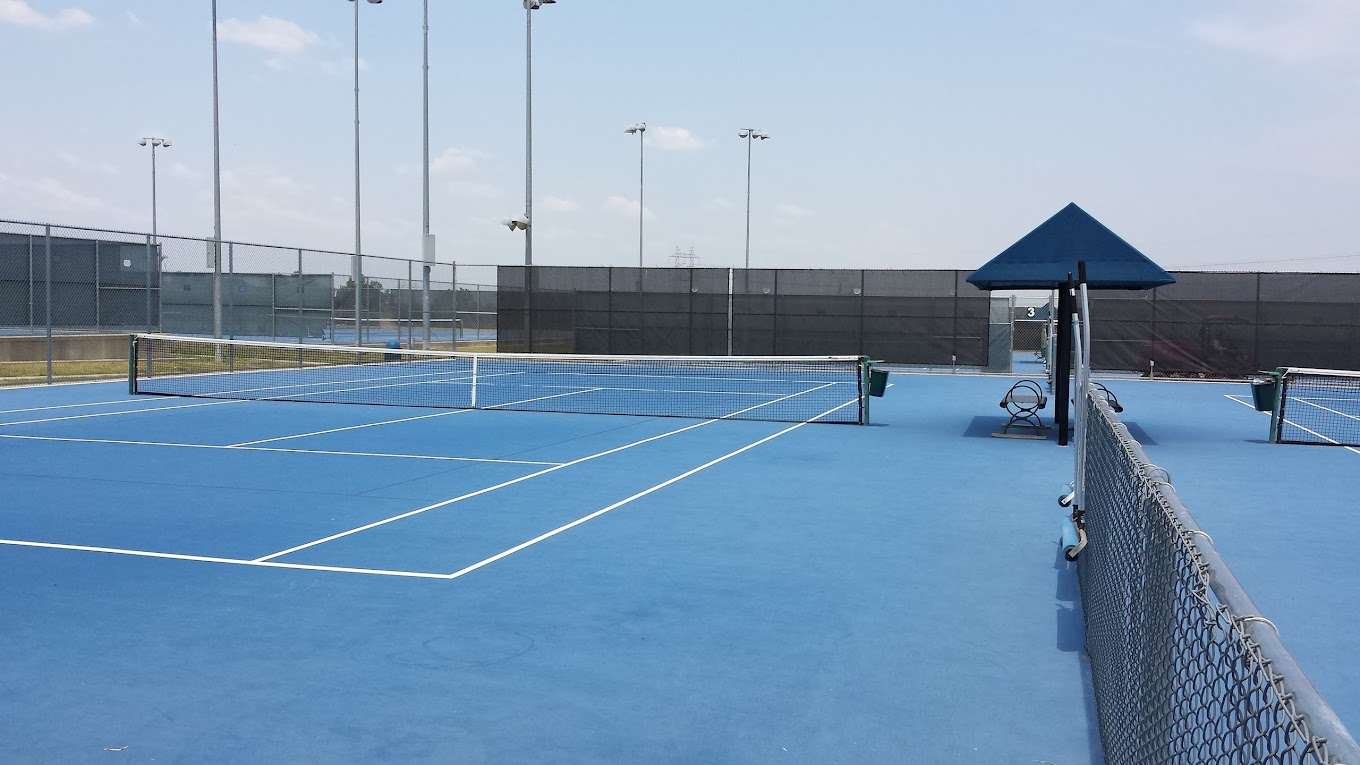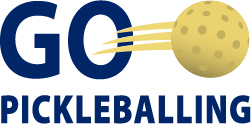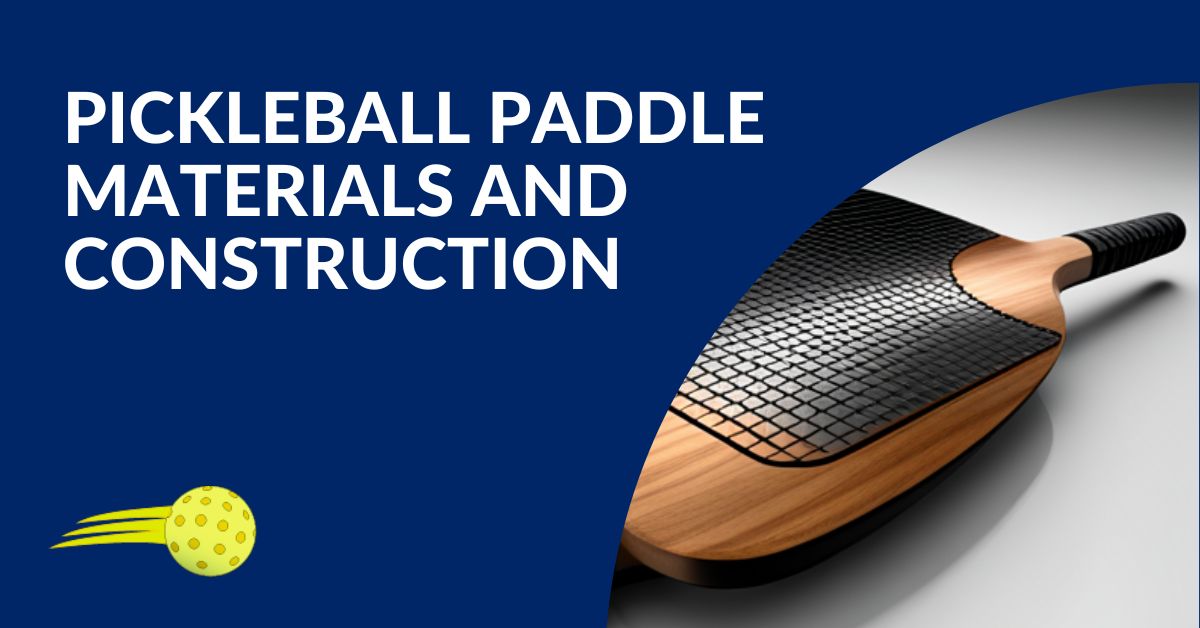Welcome to the exciting world of pickleball! As a pickleball player, understanding the materials and construction of pickleball paddles is crucial to improving your gameplay. In this comprehensive guide, we will take an in-depth look at pickleball paddle materials and the construction techniques used in the production of pickleball paddles. Whether you’re a beginner or looking to upgrade your equipment, this article will provide valuable insights. For those interested in exploring a wide range of pickleball paddles, you can find a selection of high-quality options at GoPickleballing.com. Let’s dive in!
Shop Pickleabll PaddlesTable of Contents:
Materials of Pickleball Paddles
Materials of Pickleball Paddles
The materials used in pickleball paddles significantly influence their performance on the court. Manufacturers employ a variety of materials to achieve specific characteristics such as durability, power, and control. The primary materials used include wood, composite materials, and graphite. Each material offers distinct advantages and caters to different playing styles.
View All Pickelball Paddles
Paddle Construction
Paddle construction encompasses the process of assembling the various components of a pickleball paddle. Understanding paddle construction techniques enables players to make informed choices based on their playing preferences and budget. Let’s delve deeper into the key aspects of paddle construction.
Layering Techniques
One common construction technique involves layering different materials to create a balanced combination of power and control. Composite paddles, for example, are made by layering materials such as fiberglass and carbon fiber. This layering process allows for the customization of paddle properties, resulting in versatile options suitable for players of different skill levels.
Core Design
The core of a pickleball paddle plays a crucial role in its overall performance. Paddles can feature various core designs, such as polymer cores and honeycomb cores. Polymer cores are known for their excellent shock absorption and energy transfer properties, minimizing vibration and providing a comfortable feel during gameplay. Honeycomb cores, on the other hand, utilize a polymer honeycomb structure, offering a balance of power, control, and maneuverability.
Edge Guard
The edge guard is a protective strip that surrounds the perimeter of the pickleball paddle. It serves to safeguard the paddle against accidental damage caused by collisions with the court or other paddles.
Edge guards are typically made of durable materials such as PVC or rubber. These materials offer excellent resistance to impact and abrasion, ensuring the paddle remains intact even during vigorous play. The edge guard’s design and material selection can vary among different paddle models, providing players with options to suit their preferences.
Grip Selection
Choosing the right grip is essential for comfort and control during gameplay. Paddle grips are typically made of materials like cushioned synthetic or perforated leather. The grip thickness and texture can vary, allowing players to select a grip that suits their preferences and playing style.

Wood Pickleball Paddles
Wood paddles were among the first types of pickleball paddles used. They are constructed by shaping and sanding blocks of wood, such as maple or birch. The process involves careful carving and finishing to achieve the desired paddle shape and weight.
Pros and Cons of Wood Paddles
Wood paddles offer excellent touch and control, making them suitable for beginners. However, they tend to be heavier and lack the power and durability of modern paddles. They are an affordable option but may require more frequent replacements due to wear and tear.
Composite Pickleball Paddles
Composite paddles are constructed by layering materials such as fiberglass, carbon fiber, or aramid fiber. These layers are fused together using advanced adhesives and manufacturing techniques to create a sturdy and lightweight paddle.
Advantages of Composite Paddles
Composite paddles are known for their versatility, offering a wide range of playing styles to suit players of different skill levels. They provide a good balance of power and control and often have a larger sweet spot compared to wood paddles. Composite paddles also tend to be more durable, providing longer-lasting performance on the court.
Graphite Pickleball Paddles
Graphite paddles are constructed using layers of graphite material. These layers are bonded together using high-pressure techniques to create a rigid and responsive paddle structure.
Benefits of Graphite Paddles
Graphite paddles are highly regarded for their lightweight nature and excellent power. They offer exceptional maneuverability and responsiveness, allowing players to generate quick and controlled shots. Graphite paddles are often preferred by advanced players who prioritize power and agility on the court.
Polymer Core Pickleball Paddles
Polymer cores are commonly used in pickleball paddles due to their excellent shock absorption and energy transfer properties. The polymer core helps reduce vibration, providing a comfortable and stable feel during gameplay.
Advantages of Polymer Core Paddles
Paddles with polymer cores offer enhanced control and a softer feel, making them ideal for players who prioritize touch shots and precise placement. The polymer material provides a good balance between power and control, allowing players to maintain consistency in their shots.
Honeycomb Core Pickleball Paddles
Honeycomb core paddles utilize a polymer honeycomb structure. This construction technique enhances the paddle’s strength while maintaining a lightweight profile. The honeycomb structure allows for optimal weight distribution and improved responsiveness on the court.
Benefits of Honeycomb Core Paddles
Honeycomb core paddles offer a balance of power, control, and maneuverability. They provide a larger sweet spot and better energy transfer, resulting in improved shot accuracy and power. The honeycomb core design also helps reduce paddle weight, allowing for faster swing speeds and increased maneuverability.
Choosing the right pickleball paddle involves considering the materials and construction techniques used in its production. Wood, composite, and graphite paddles each offer unique advantages, catering to different playing styles and skill levels. The core design, edge guard, and grip selection also contribute to the overall performance and durability of the paddle. By understanding these aspects of pickleball paddle materials, beginner pickleball players in the United States can make informed decisions to enhance their gameplay. To explore a wide selection of pickleball paddles, visit GoPickleballing.com.
Shop Pickleabll Paddles

















